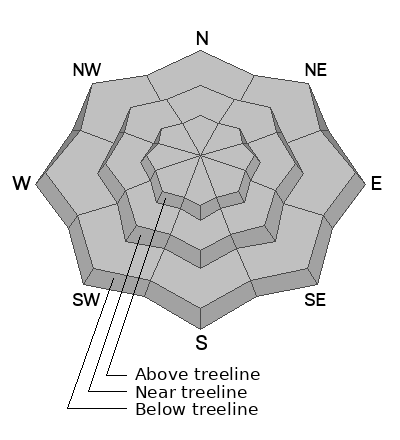Forecast for the Moab Area Mountains

Issued by Eric Trenbeath on
Wednesday morning, November 6, 2024
Wednesday morning, November 6, 2024
Updated November 6, 2024.
Early season storms have accumulated to the point that human triggered avalanches are possible, primarily on steep, wind drifted slopes that have continuous coverage of at least a foot or more of snow. On leeward slopes above about 10,000' you are likely to find recent drifts up to 12" deep on about an equal base. These drifts will be scattered between areas of very thin coverage - expect to find them in depressions, and on the leeward sides of ridge crests and terrain features. Avoid fresh deposits of wind drifted snow. Any ride in an avalanche, no matter how small, would be a very rough.
Snowcover is very thin and rocks, trees, and stumps pose serious hazards.

Low
Moderate
Considerable
High
Extreme
Learn how to read the forecast here






